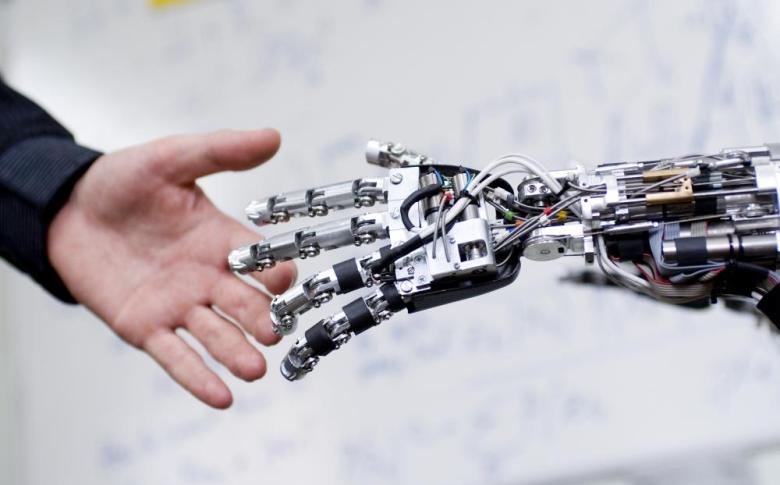Technologies that could modify what it means to be human

The four pillars of the ETC2020 strategy focus on enabling, building and strengthening people, processes and equipment to ensure that by 2020, all those responding to humanitarian emergencies – including affected communities – have access to vital communications services.
As we work towards achieving this vision, we have made a number of assumptions, such as: humanitarian emergencies will become more frequent, the number of people affected will increase, and the area affected by disaster will expand.
We also assumed that in 2020, people will still be, well people.
The World Economic Forum recently published a piece titled 5 Human enhancements that could be commonplace by 2020. Human enhancements that could ‘modify what it means to be human’.
The list starts with Smart skin - ‘stretchable, wearable integrated circuits’ – with proposed applications including enabling medical staff to monitor a patient’s vital signs remotely.
What about Micro-chip implants? The implantee mentioned in the article has a re-writeable chip in one hand to download information to and from his phone. The chip in the other hand contains an identity number which can unlock doors or log on to computers.
WEF’s list also contains Hearing colour, Bionic eye and a device that could bias brain activity towards making a better, or healthier decision.
While perhaps technologically possible by 2020, such ‘human enhancements’ would require significantly more than four years to achieve social acceptance. It does get you thinking, however, about what it would mean to be human in the future, and how could such ‘enhancements’ change the way we deliver humanitarian assistance?
Today the humanitarian community is focusing on electronic registration, biometrics, digital aid – all of which are transforming delivery of life-saving assistance. People affected by disaster are increasingly receiving e-vouchers instead of blankets, for example, or mobile money instead of cooking oil. This digital aid not only reduces logistics costs, but allows recipients to be in charge of making the decision about what their families actually need.
Twenty years ago, such digital aid technology would have been unheard of. And even now, cash-based transfers are still being gradually accepted and the understanding of the wider implications this has on communities is still being explored.
So while it may take five, ten, twenty years until such ‘human enhancements’ are widespread and socially acceptable, they too could (will?!) transform the way we operate. If Smart Skin had been commonplace during the Ebola crisis in West Africa, would the death toll still have surpassed 10,000? If Micro-chip implants were commonplace, what would digital aid look like?
Like mobile money and cash based transfers, the associated protection and security issues must always be considered when introducing such new tools. And in any case, such technologies are still in the distant future for us now. But in a few years’ time, who knows.
At whichever point in time we actually have access to these features, there will still be others in the world using the technologies we have today. There never will be a point without a ‘digital divide’, so there will always be a need to find the appropriate solution for the people we want to assist.
By Mariko Hall, Global ETC